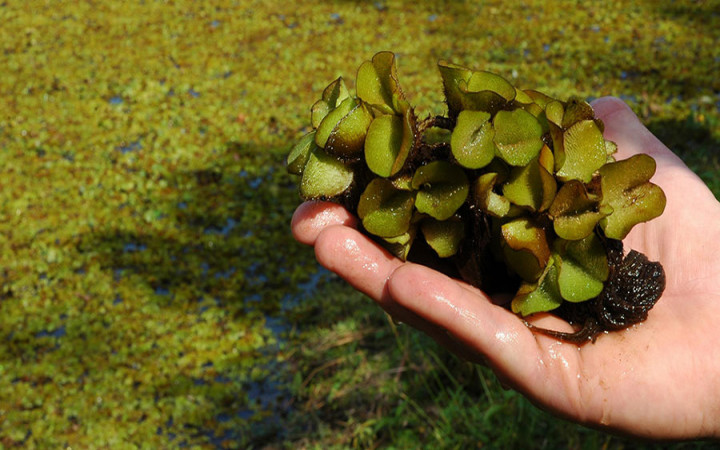Today’s Wonder of the Day was inspired by Rafiul from Sydney, AL. Rafiul Wonders, “How does weeds grow?” Thanks for WONDERing with us, Rafiul!
Does your family plant a garden each spring? How about beds of flowers around the house? If your family enjoys fresh vegetables and beautiful flowers, then you already know they don't come without some hard work.
In addition to planting and watering, there's an important, but dreaded chore that accompanies those gorgeous blooms and tasty veggies: weeding. If you've ever gotten down on your hands and knees and pulled weeds by hand, you know what hard work is.
Sometimes defined as plants growing where they're not wanted, weeds take up space and steal nutrients from the plants we want to grow. Sometimes weeds can be dangerous, like poison ivy, while other weeds might be obnoxious because of how quickly they spread, like kudzu.
So what is the world's worst weed? That's obviously a matter of opinion and will vary from person to person depending upon where they live. If you live in Florida, Texas, or Louisiana, there's a good chance that there's one weed that's earned the title of "World's Worst Weed" in your eyes: giant salvinia.
Giant salvinia (Salvinia molesta) is a floating fern that's native to southern Brazil and northern Argentina. Scientists believe it spread to other parts of the world via the aquarium and garden-pond trade. To date, giant salvinia has caused major problems in Australia, New Guinea, New Zealand, Zambia, and Zimbabwe, as well as Florida, Texas, and Louisiana in the United States.
What's so bad about giant salvinia? It grows at an amazing pace, forming a dense, floating mat of vegetation on the surface of slow-moving, warm, freshwater ponds, lakes, and rivers. It blocks out light and lowers the oxygen level in the water, making it difficult for some species of fish and plants to survive.
Giant salvinia can even grow so thick that it slows the rate of water flow and makes it difficult, if not impossible, for boats to travel. This can have an impact on important activities, such as fishing and hydroelectric power.
It can be extremely difficult to get rid of giant salvinia once it establishes itself. It grows so rapidly that it can double in size in a matter of days. In fact, scientists estimate that, in ideal conditions, a single giant salvinia plant can multiply to cover about 40 square miles in only three months.
Herbicide sprays are mostly ineffective, since they only attack the plants on the surface. Moreover, the most effective herbicides are banned in the U.S. because of health concerns. Raking works for brief periods of time, but it's nearly impossible to get all the plants and they quickly multiply to their previous numbers.
To date, only one thing has been found to effectively control giant salvinia: the salvinia weevil. This tiny insect is native to the same areas as giant salvinia: Brazil and Argentina.
People in other areas of the world affected by giant salvinia have started raising and releasing salvinia weevils to biologically control giant salvinia infestations. The tiny beetles feed aggressively on giant salvinia. Their larvae also burrow inside the weed's rhizomes, disrupting the flow of nutrients within the plants and causing them to die and sink.




